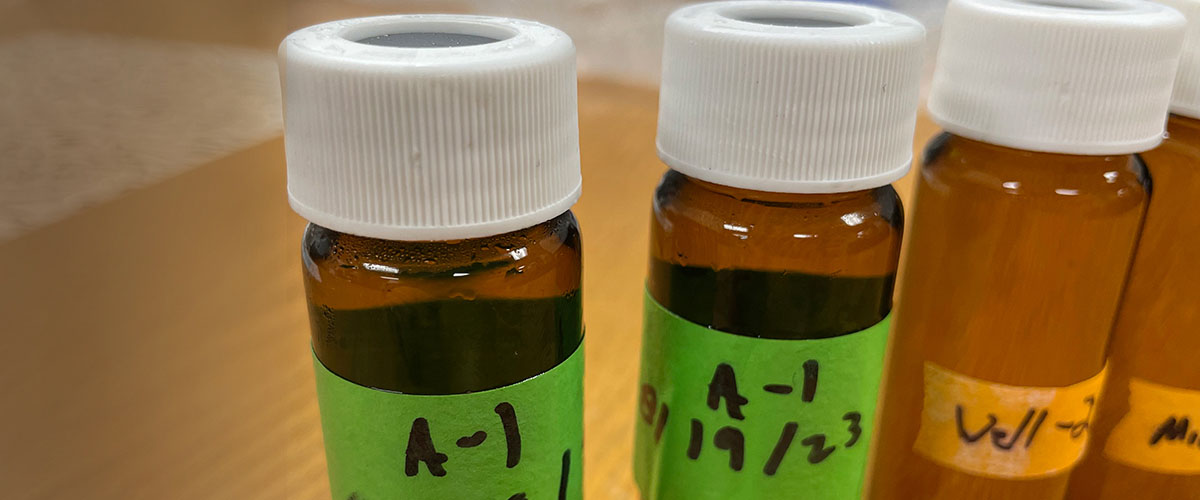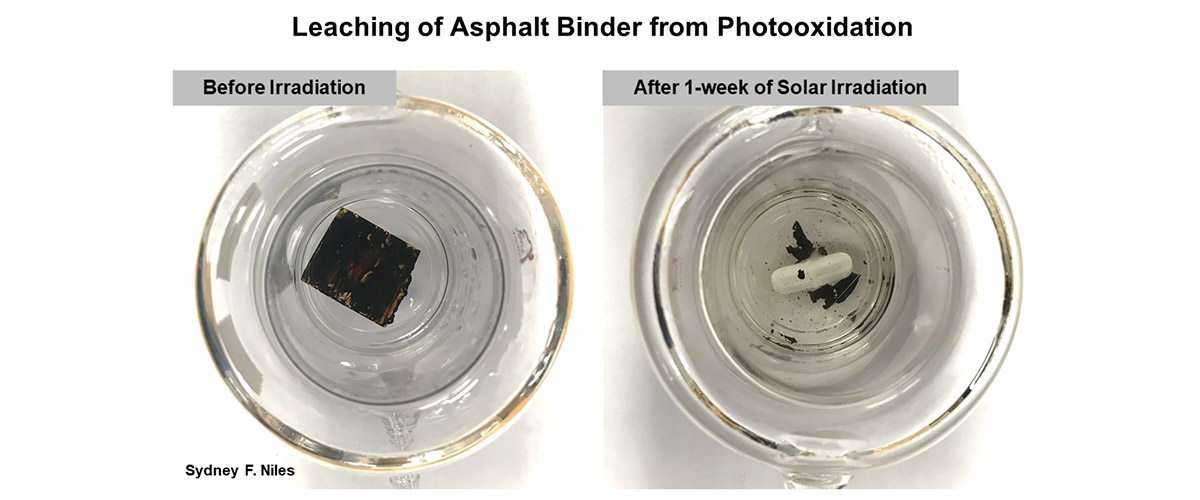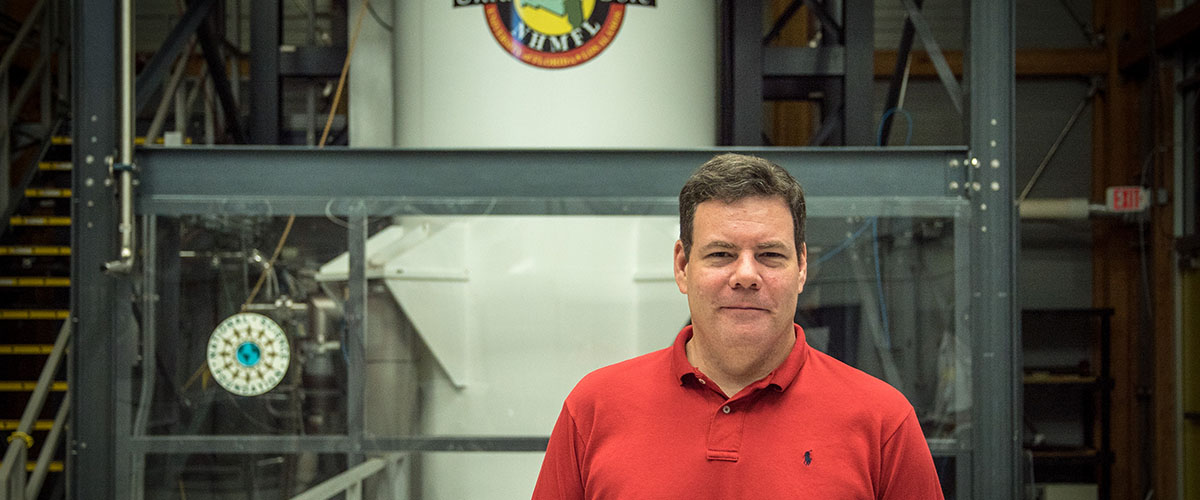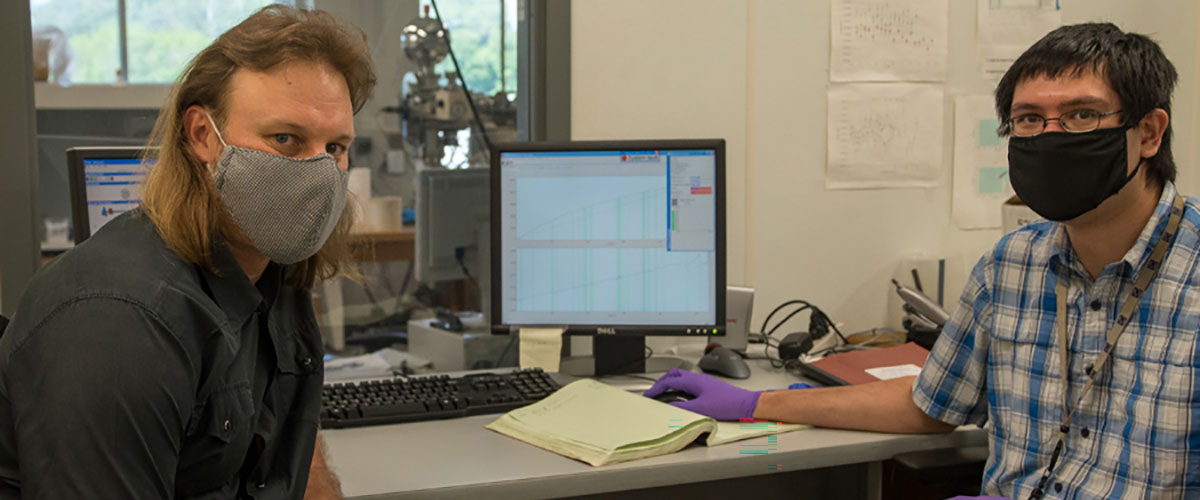Scientists at the National High Magnetic Field Laboratory will be analyzing soil and water samples from the site of the wildfires that devastated parts of Maui in early August.
Water samples just arrived at the MagLab. Researchers are working with authorities in Hawaii to obtain soil samples soon.
The scientists will examine how the fire impacted the chemistry of the soil and water and how that could affect the area’s larger ecosystem.
What sparked the flames, how long and hot the fire burned, what it burned, and what was used to put it out, can all impact water quality. Burned organic matter is among the most complex mixtures on the planet.
“If you want to see how any one of these parameters is going to impact the environment you have to look at it at the molecular level,” said Amy McKenna, a chemistry researcher in the MagLab’s Ion Cyclotron Resonance facility.
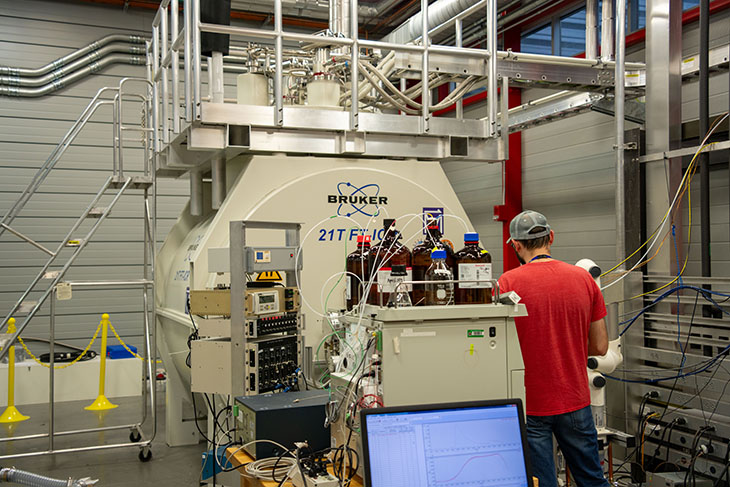
MagLab's 21 Tesla Ion Cyclotron Resonance system.
The lab’s 21 Tesla Ion Cyclotron Resonance system is the best in the world for analyzing complex mixtures. McKenna describes it as a “molecular microscope,” allowing scientists to sort out tens of thousands of unique molecules.
“These are the molecules that are here, you can understand how it will impact the agriculture, the landscape, the environment,” after a fire, said McKenna. “Are the agricultural yields for the years to come going to be impacted by this and by how much? Can we prevent this fire from becoming an environmental disaster?”
When a wildfire burns longer and at a higher temperature, the extreme heat can form toxic compounds. Burned buildings can also leach dangerous chemicals into the environment, and retardants used to fight the flames can pollute the soil and water.
“The hotter, the more severe, the longer it could take for the soil to return to its pre-burn state,” McKenna said.
Previous MagLab research has helped scientists better understand fire impacts. McKenna has analyzed soil from wildfires in the Rocky Mountains in Colorado, among other regions where burning is significant, such as the African Congo. There, fires caused by lightning strikes are a part of the natural cycle, and can replenish the soil, clear underbrush, and generate new growth. McKenna says research can help pinpoint the factors that differentiate a healthy fire from a wildfire that may cause long term damage.
On the island of Maui, where the landscape is unique and fires are not as common, the impact could be considerably different than in the western US.
“You have different soil, volcanic soil in Maui, so what does that mean for the fire impact, and for how the ecosystem recovers” McKenna asks. “Just because it’s a fire doesn’t mean it’s the same as a fire somewhere else.”
Characterizing the Maui water now will allow scientists to study its rebound and recovery.
“We’re opening up the world at a molecular level to understand how these fires are going to impact us long term.” McKenna said.



